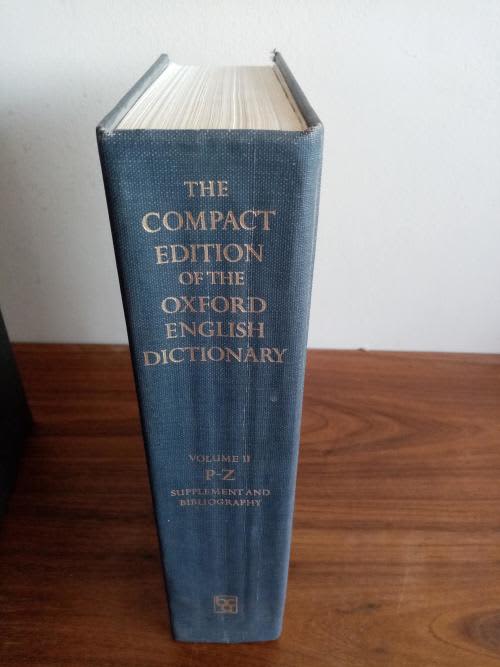

* Contains more than 600,000 words, phrases, and definitions, with coverage of language from the entire English-speaking world, from North America and the UK to South Africa, Australia and New Zealand, and the Caribbean from m19 (the OED has the.Based on the 20-volume Oxford English Dictionary, the Shorter Oxford English Dictionary contains an incredible one-third of the coverage of the Oxford English Dictionary and includes all words in current English from 1700 to the present day. Material from DOST included an antedating of defiant a. from m17 to LME, Englishwoman from m16 (a glossarial use) to ME, foliage (the representation of the leaves of a branch) from l16 to LME, nasturtium (a kind of cress) from l16 to OE, paganity from m16 to LME, and panful from l19 to ME. appear in MED under the entry form staf.) It was, however, an extremely fruitful process, as the following random samples show: alpine adj. (For example, early uses of both the OED's staff n. Variant spellings and indeed the whole treatment of variants also presented a considerable challenge. This combination of specialist knowledge and what might be described as a lexicographer's eye was seldom encountered among the Oxford graduate students from whom freelance workers were recruited, and general unfamiliarity with the major period dictionaries was an additional difficulty. The work was complex, requiring not only a knowledge of Middle English and a capacity to cope with Older Scottish, but an ability to "match" OED senses with MED or DOST senses that resulted from a very different semantic analysis. Freelancers were therefore recruited to work in advance of the editorial process, so that all relevant material was in the file before any editor reached that particular alphabetical point. It was clear from the outset of the project that constraints of time would not permit the NSOED editors to undertake the task. These dictionaries were read against the OED, and antedatings and postdatings that affected the first or last date-range of a word or sense were noted on paper slips and filed to await editorial attention to the word. (Thus painfully and painfulness (both LME) are found in a derivative block at the end of the entry for ME painful.) The basic OED material was first enhanced by a systematic examination of such major historical dictionaries as the Middle English Dictionary (MED), the Dictionary of the Older Scottish Tongue (DOST), and the Scottish National Dictionary (SND). Knowles divisions are dated items, as are derivatives that are not themselves headwords but which are subsumed at the end of the entry for the root word. All headwords and main sense 48Elizabeth M. The last years of the 15th-century are designated as late 15th-century (l15), and after that each century has three divisions, so that for example 1600 to 1629 is early 17th-century (e17), 1730 to 1769 is mid 18th-century (m18), and 1870 to 1899 is late 19th-century (l19). After the three larger early divisions of Old English, Middle English, and late Middle English, there is a tripartite division of centuries: material from the period up to 1 149 is dated as Old English (OE), Middle English (ME) covers the period from 1150 to 1349, and late Middle English (LME) represents the period from 1350 to 1469. The ordering of the senses of each word is chronological, and the dating of first and last uses is recorded in conventionalized date ranges.

(The project began in 1980, and online searching facilities became available in 1989.) The text is completely new, and presents considerably enhanced historical information.
#Shorter oxford english dictionary torrents manual#
It was intended primarily as an abridgement of the OED, and for many years its projected title was the "Abridged Oxford Dictionary." The NSOED editors, while using the OED as its primary source material, pursued a program of systematic research using both manual and automatic methods. The first Shorter Oxford English Dictionary, published in 1933, was similarly chronological in approach, but was closely tied to the precise lexicographical and semantic structure of the parent OED. The inclusion of information on the age and life history of words current at any time between 1700 and the present day is a major feature, and every headword is traced back to its first point of record (in many cases, to a manuscript source of the Old or Middle English period). Knowles A he New Shorter Oxford English Dictionary (NSOED), published in 1993 by the Oxford University Press, is a historical dictionary of Modern English. Historical Perspectives in the New Shorter Oxford English Dictionary Elizabeth M. In lieu of an abstract, here is a brief excerpt of the content:


 0 kommentar(er)
0 kommentar(er)
